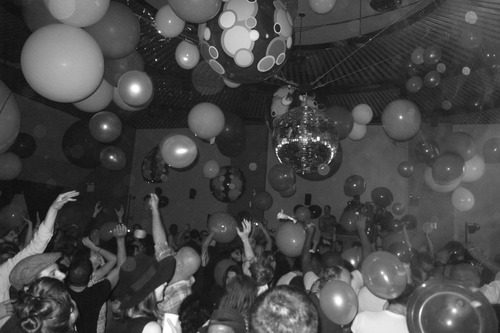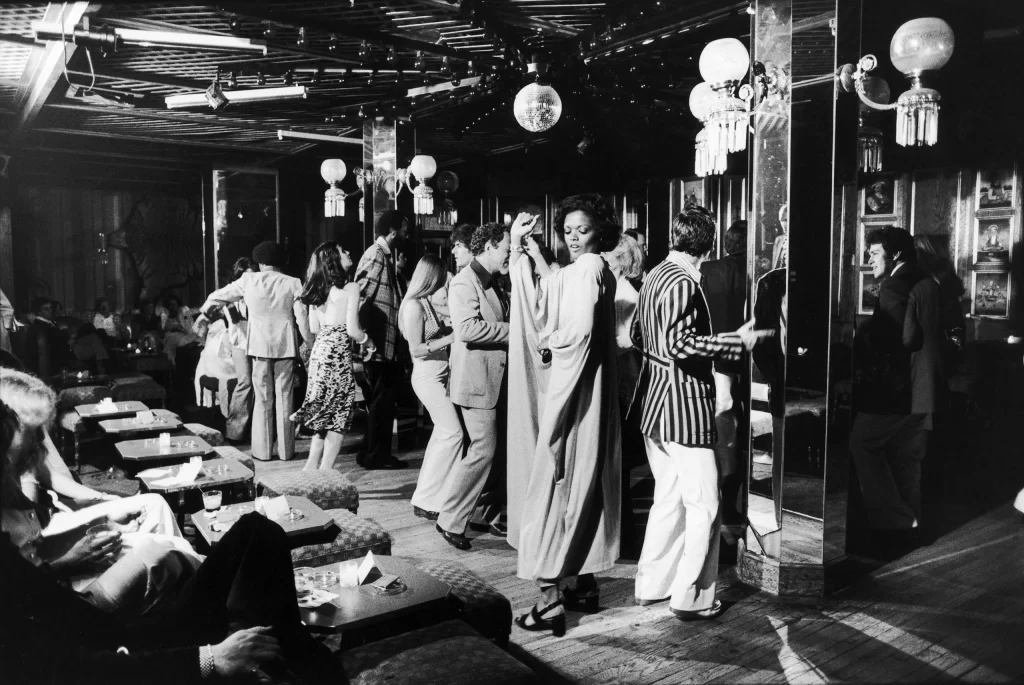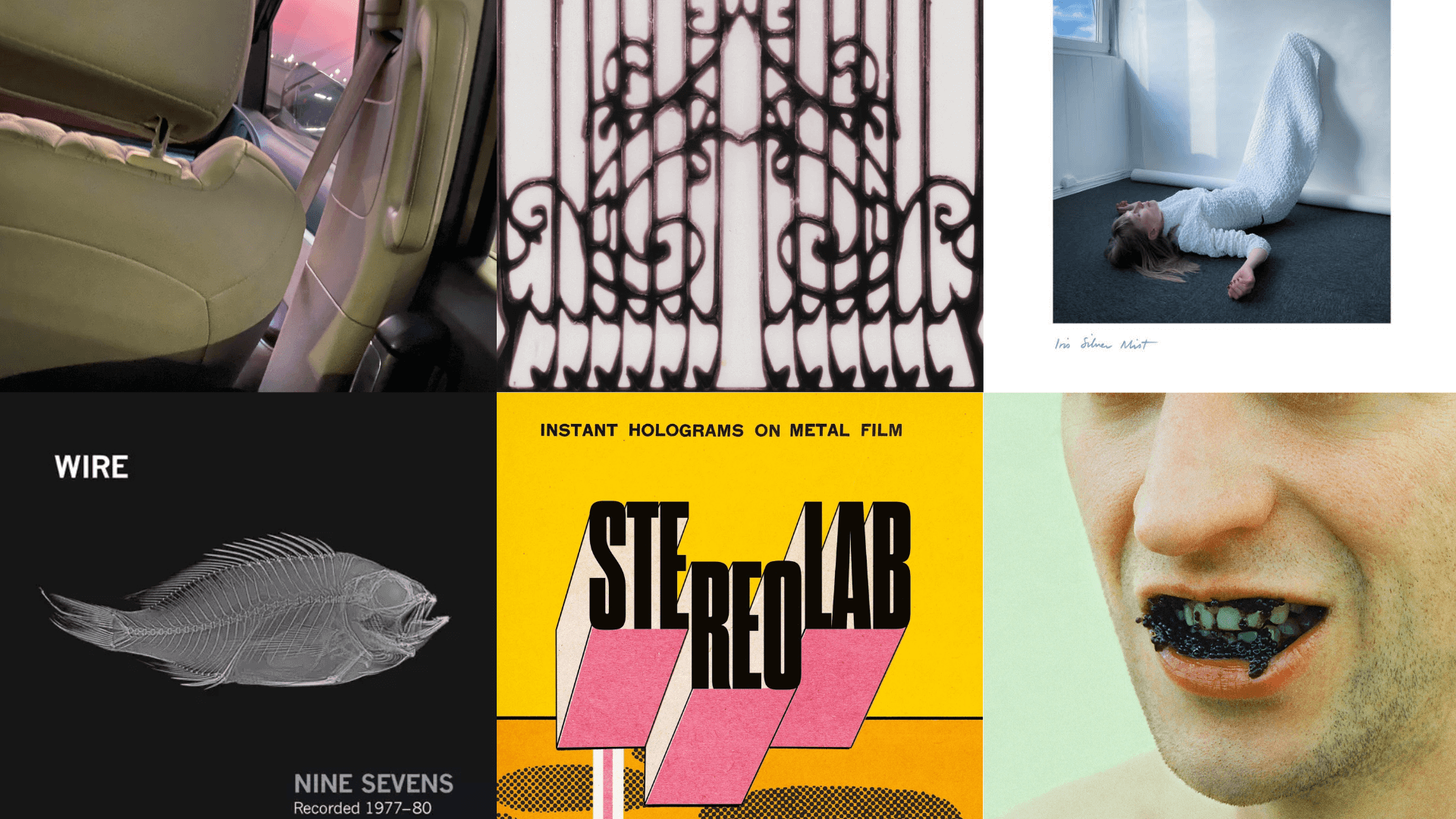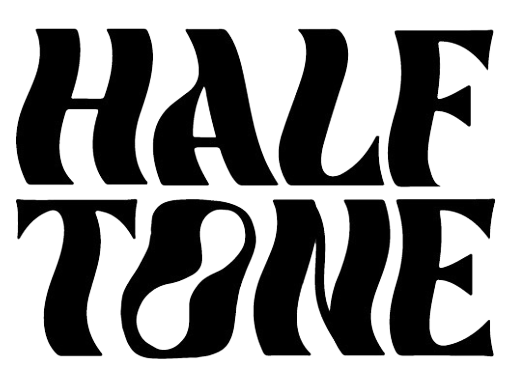

How Disco Started: From Underground to Global
Table of Contents
This article explores disco’s evolution from underground roots in 1970s New York to mainstream explosion, cultural impact, backlash, and lasting impact on modern music.

Disco, is a genre synonymous with dance floors and infectious beats but it didn’t emerge fully formed from the mainstream.
Its origins lie in the late 1960s and early 1970s, within the underground clubs of New York City, serving as an outlet for marginalized communities.
This emerging scene, fueled by social and economic anxieties, laid the groundwork for discos breakthrough.
Underground Beginnings: How Disco Started
In the late 1960s and early 1970s, New York City’s underground clubs became safe havens for diverse crowds, particularly people of color and the LGBTQ+ community. These spaces, often dimly lit and pulsating with rhythm, offered unity and escapism from the pressures of the time. The music played in these clubs was a blend of soul, funk and Latin influences, and began to evolve into a distinct sound.
Manu Dibango and 'Soul Makossa': A Pivotal Moment
While disco’s roots were firmly planted in the U.S., its first significant chart impact came from an unexpected source: Cameroonian saxophonist Manu Dibango. In 1972, Dibango released “Soul Makossa,” a track blending Cameroonian makossa rhythms with funk. Initially, the song garnered modest attention in France.
However, when New York DJ David Mancuso discovered it in a Brooklyn import record store. Mancuso, playing “Soul Makossa” at his exclusive club The Loft saw its electrifying effect on the dance floor. The song’s infectious rhythm and chant-like vocals sparked demand.
This underground buzz caught the attention of Frankie Crocker, a prominent DJ at New York’s influential Black music radio station. Crocker’s airplay of “Soul Makossa” ignited widespread interest. With no U.S. distribution for Dibango’s original, local bands rushed to release cover versions. Atlantic Records quickly recognized the potential, licensing Dibango’s single and releasing it in the U.S.
Chart Success and Influence
In 1973, “Soul Makossa” exploded onto the U.S. R&B and pop charts, peaking at No. 21 on the Billboard Hot 100 and No. 17 on the R&B chart. This marked a pivotal moment: a club DJ directly influencing the national charts. Some even consider “Soul Makossa” to be the first disco record.
The song influenced a range of artists, from jazz greats like Herbie Hancock to funk pioneers Kool & the Gang. Michael Jackson faced legal disputes with Dibango over a riff from “Soul Makossa” used in “Wanna Be Startin’ Somethin’,” the opening track of Thriller. Jackson later settled the case out of court.
Hip-hop acts, including A Tribe Called Quest, Kanye West, and Jay-Z, sampled “Soul Makossa” and other Dibango tracks. Beninese singer Angélique Kidjo called Dibango the “giant of African music.”
The Rise of Disco: Mainstream Breakthrough
The early 1970s saw the growth of discotheques, offering safe spaces for diverse crowds. These clubs, with their pulsating rhythms, dazzling lights, and mirror balls, fostered a sense of unity and escapism.
However, disco’s mainstream breakthrough came with the 1977 film Saturday Night Fever. Starring John Travolta, the film and its soundtrack, featuring the Bee Gees, Yvonne Elliman, and Kool & the Gang, catapulted disco into the stratosphere. Mainstream artists like Donna Summer, Chic, Gloria Gaynor, and the Village People began producing disco hits, solidifying its cultural dominance.
Cultural Significance of Disco
What Did Disco Represent?
Disco was more than a musical genre—it was a cultural movement. It provided a space for liberation and self-expression, particularly for marginalized communities. The genre broke away from the guitar-driven rock sound of the time, embracing rhythm, dance, and a sense of collective joy.
Was the Disco Era the ’70s or ’80s?
Disco is primarily associated with the 1970s. While its roots began in the early ’70s, the genre peaked in the mid-to-late ’70s, with Saturday Night Fever marking a significant high point. Though elements of disco persisted into the early ’80s, a backlash at the end of the ’70s signaled its decline.
The Most Iconic Disco Songs
Donna Summer’s I Feel Love was a game-changer, fusing pulsing synths with hypnotic beats to create the blueprint for electronic dance music. Boney M. took disco global, mixing Caribbean grooves with slick Euro-disco vibes to create massive hits like Daddy Cool and Rasputin. Their high-energy sound and over-the-top style made disco even bigger, proving it wasn’t just an American club thing—it was a worldwide party. Defining the most iconic disco song is subjective, but here are 20 tracks that significantly impacted the genre.
“Stayin’ Alive” – Bee Gees (1977)
“I Will Survive” – Gloria Gaynor (1978)
“Le Freak” – Chic (1978)
“I Feel Love” – Donna Summer (1977)
“Y.M.C.A.” – Village People (1978)
“That’s the Way (I Like It)” – KC and the Sunshine Band (1975)
“September” – Earth, Wind & Fire (1978)
“Disco Inferno” – The Trammps (1976)
“We Are Family” – Sister Sledge (1979)
“Funkytown” – Lipps Inc. (1979)
“Don’t Stop ‘Til You Get Enough” – Michael Jackson (1979)
“Love Hangover” – Diana Ross (1976)
“Rasputin” – Boney M. (1978)
“Ring My Bell” – Anita Ward (1979)
“More Than a Woman” – Bee Gees (1977)
“Heaven Must Have Sent You” – Bonnie Pointer (1978)
“Contact” – Edwin Starr (1978)
“Bad Girls” – Donna Summer (1979)
“Got to Be Real” – Cheryl Lynn (1978)
“Boogie Oogie Oogie” – A Taste of Honey (1978)
Why Did People Hate Disco?
The backlash against disco was complex. Racism and homophobia played a significant role, as the genre was associated with Black and LGBTQ+ communities. The “Disco Demolition Night” at a 1979 Chicago White Sox game, where fans destroyed disco records, symbolized this backlash.
Additionally, some rock fans viewed disco as a threat to rock’s dominance, perceiving it as overly commercial and simplistic. This resentment, combined with industry oversaturation, contributed to disco’s rapid decline.
The Fall and Lasting Legacy
Ironically, the same social tensions that birthed disco contributed to its downfall. The “Disco Demolition Night” marked a turning point, pushing the genre out of mainstream favor.
However, disco’s influence endures. Its rhythmic foundations and dance-oriented ethos have shaped decades of popular music. Artists like Kylie Minogue, Dua Lipa, and Daft Punk have incorporated disco’s signature sounds, ensuring its lasting legacy.
Nu-Disco: A Modern Revival
In recent decades, disco’s sound has reemerged under the moniker “nu-disco.” This subgenre blends classic disco elements with funk, soul, and electronic dance music. Nu-disco artists often use vintage synthesizers and drum machines to create a retro-futuristic sound.
Acts like Daft Punk, particularly with Random Access Memories, along with artists such as Chromeo, Todd Terje, and Purple Disco Machine, have revived disco influences in mainstream music. Nu-disco’s emphasis on groove, smooth production, and danceability demonstrates disco’s enduring appeal and ability to evolve with new generations.
Discover More on Disco and Music Culture
For more in-depth articles on music history, emerging trends, and exclusive interviews, visit Halftone Magazine. Stay updated on the sounds that shape the world.
Watch More Music Stories on YouTube
Dive into exclusive video content, artist spotlights, and deep dives into music culture on Halftone Magazine’s YouTube channel. Subscribe and stay tuned for the latest in music journalism.
Related Posts


